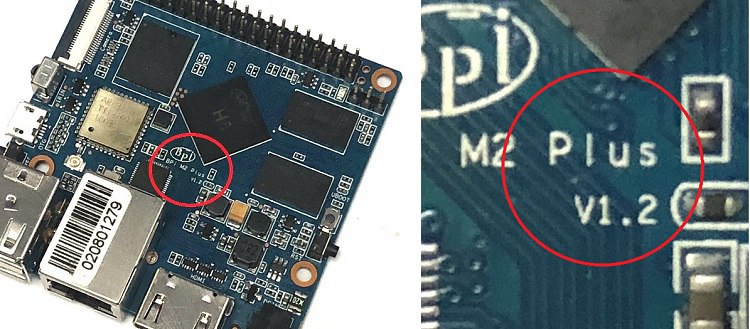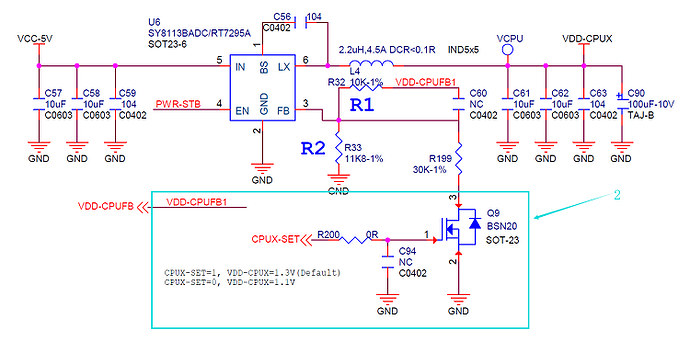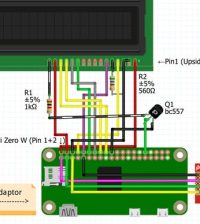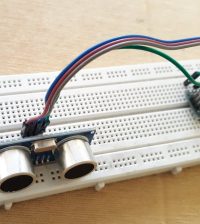- makeITcircular 2024 content launched – Part of Maker Faire Rome 2024Posted 2 weeks ago
- Application For Maker Faire Rome 2024: Deadline June 20thPosted 2 months ago
- Building a 3D Digital Clock with ArduinoPosted 7 months ago
- Creating a controller for Minecraft with realistic body movements using ArduinoPosted 7 months ago
- Snowflake with ArduinoPosted 8 months ago
- Holographic Christmas TreePosted 8 months ago
- Segstick: Build Your Own Self-Balancing Vehicle in Just 2 Days with ArduinoPosted 8 months ago
- ZSWatch: An Open-Source Smartwatch Project Based on the Zephyr Operating SystemPosted 9 months ago
- What is IoT and which devices to usePosted 9 months ago
- Maker Faire Rome Unveils Thrilling “Padel Smash Future” Pavilion for Sports EnthusiastsPosted 10 months ago
Banana Pi BPI-M2 Plus V1.2, the Perfect SBC for Those People Who Look at the PMIC

When you decide to buy a new development board, usually you look at the processor, memory, storage, and the external ports, as well as I/Os. But if you look, above all, at the PMIC (Power Management IC) on the board, the upgraded Banana Pi M2 plus v1.2 might be just the thing.
Development boards can work without PMIC, modern processor all rely on DVFS ( Dynamic Voltage and Frequency Scaling), but sometimes it might not be enough.
SinoVoIP launched Banana Pi M2 Plus board without proper power management using a fixed supply voltage of 1.3V. Allwinner processors’ DVFS works at 1.1V and 1.3V, but since it was not possible on BPI M2 Plus board, overheating could easily happen. The company has now decided to upgrade their board with version 1.2 of Banana Pi M2 Plus PCB now adding proper support for SY8113BADC / RT7295A voltage regulators.
So as you can see from the schematics below, CPUX-SET can be configured high or low to set the voltage to either 1.3V or 1.1V and DVFS should now work correctly, and overheating issues should now be more manageable. So if you ever need to buy a new Banana Pi M2+ board make sure it’s based on V1.2 PCB for optimal operation.
Further information are availbale in the cnx-software.com post.
















